The round-the-world Clipper Race that was brought to an abrupt end by coronavirus
Sadie Whitelocks speaks to racer Mary Vaughan-Jones
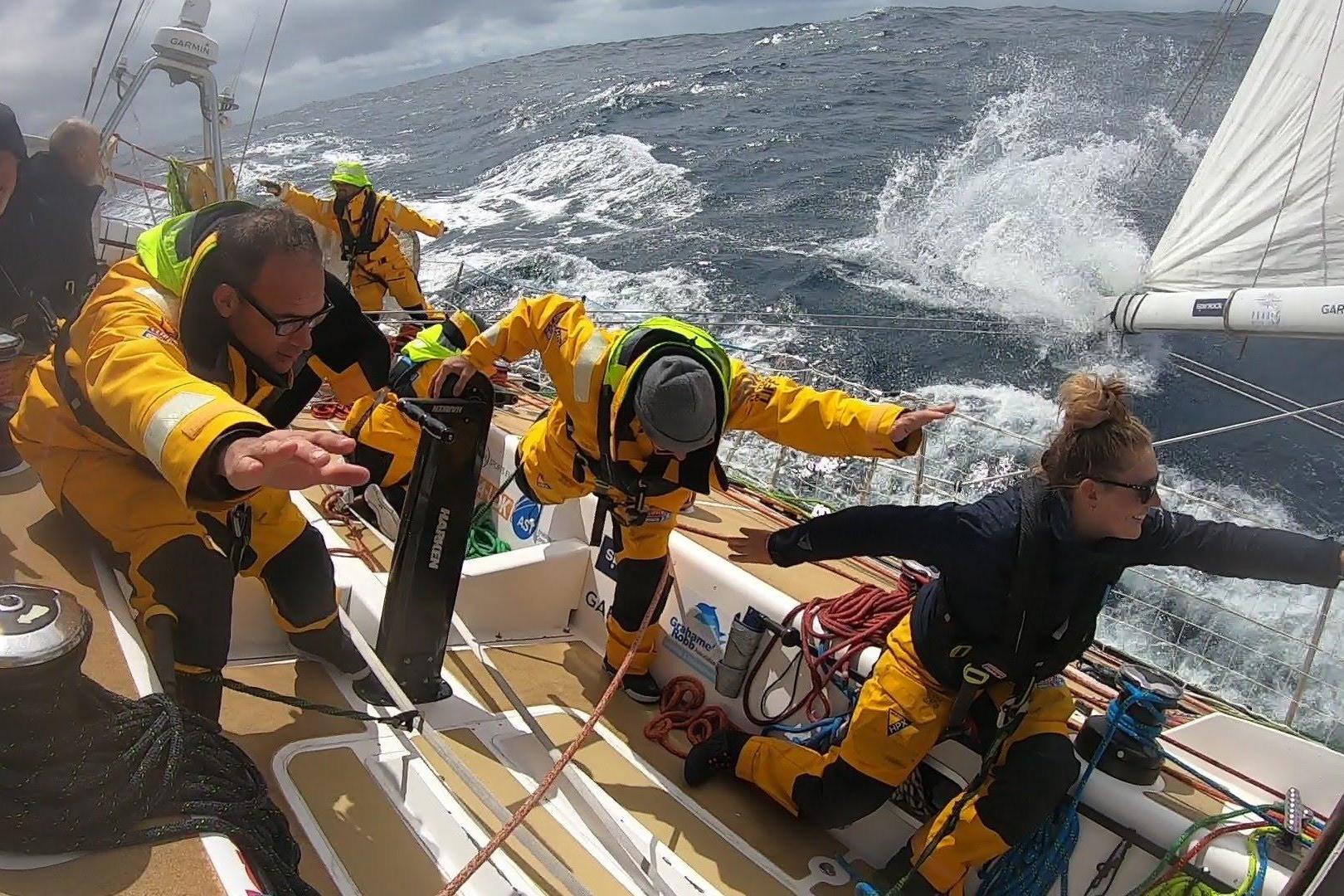
We were in a bubble out there,” Mary Vaughan-Jones mused.
The 24-year-old from Lancaster returned home last weekend after seven months at sea – her attempt at circumnavigating the globe as part of the Clipper Race having been brought to an abrupt end by the coronavirus pandemic – to find the world in a state of chaos.
“It’s been quite overwhelming and it’s taken a few days to adjust to the seriousness of it all,” Vaughan-Jones says of her return to reality, adding, “I was devastated the race was cut short; I was having the time of my life, but it has been the correct decision”.
The gruelling Clipper Race, which is split into eight legs and 13 to 16 individual races, kicked off on 1 September 2019 from St Katharine Docks in London.
Leg six of the event was in motion when the decision was taken to put everything on hold due to the spread of the coronavirus.
The racing yachts, 11 in total, could no longer dock in China due to travel restrictions, and Seattle, on the west coast of America, was also off the agenda as the next port of call.
Vaughan-Jones was “gutted” when she learned that her epic sailing adventure would be cut short.
In order to join the race, get the right gear and the necessary training, she had spent two years saving £50,000 while working as a fitness instructor in the Middle East. And it was to be the trip of a lifetime.
Since leaving London with some 200 other amateur sailors, Vaughan-Jones has ventured across some of the world’s most fearsome waters, docking at spots including Portimao in Portugal, Punta del Este in Uruguay, Cape Town in South Africa and the Australian port towns of Fremantle and Airlie Beach.
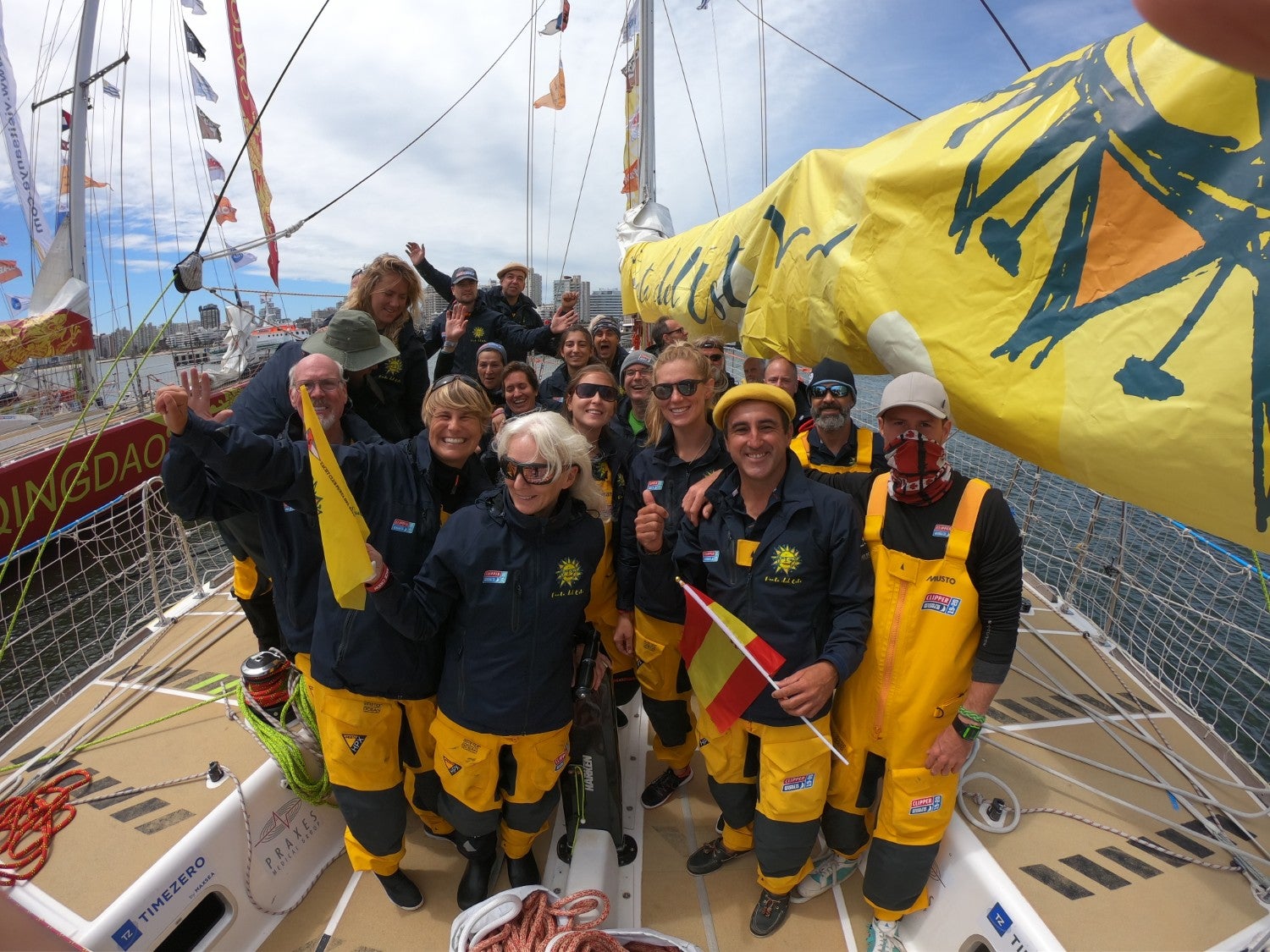
She was onboard the Punta del Este, a vessel sponsored by the namesake city
The voyage was tough. There were no showers and she had to live in close confines with 20 or so other crewmates and sleep at a 45-degree angle each night.
But it was an adventure.
Vaughan-Jones witnessed terrifying bolts of lightning while making the 5,200-nautical mile Atlantic crossing from Portugal to Uruguay, and there were multiple storms en route to South Africa.
Then there were the 14 metre waves to contend with on the Southern Ocean, along with 76 knot (87mph) winds.
Vaughan-Jones says the heavy weather was actually a thrill for her.
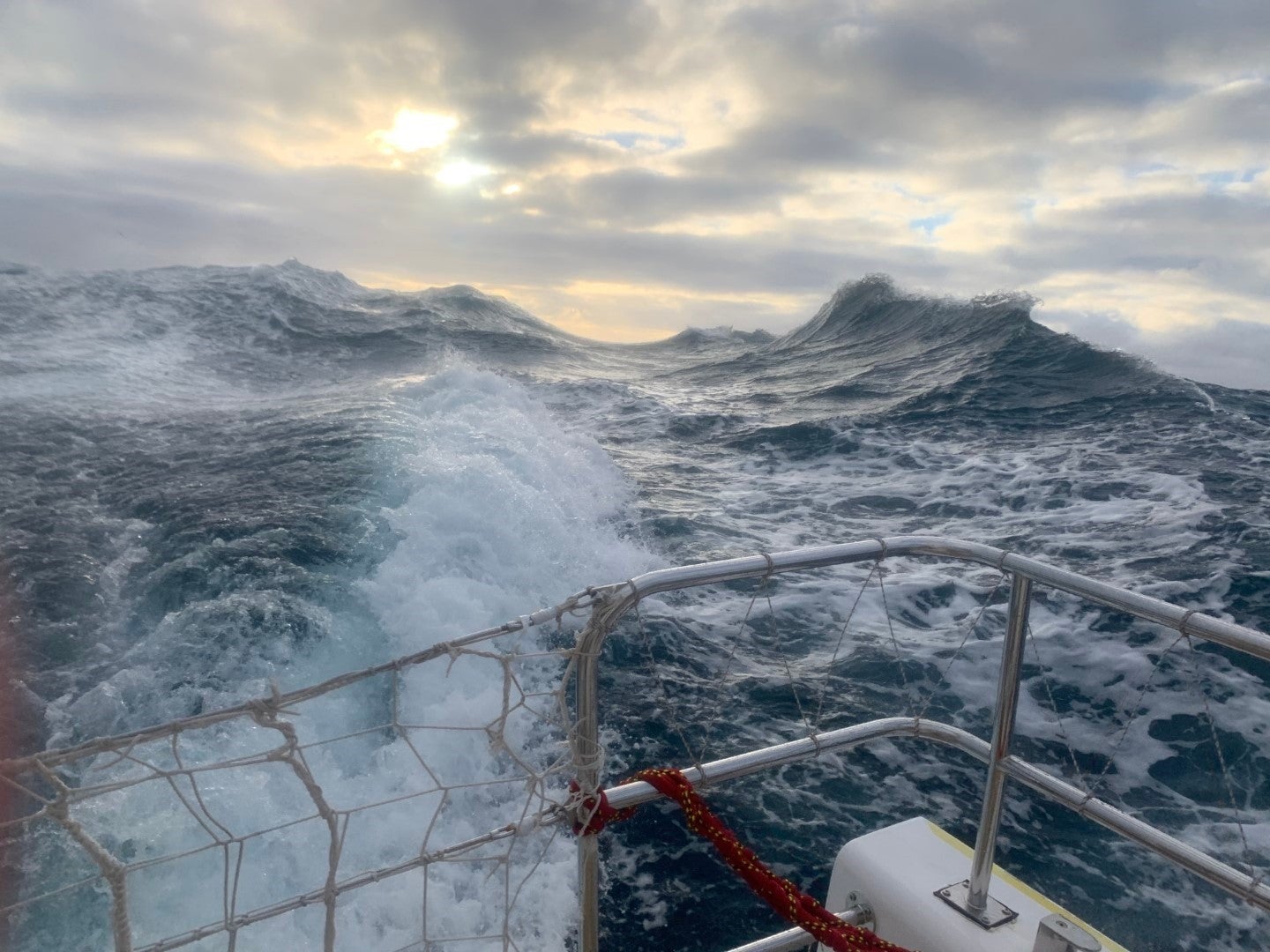
Another thing that surprised her was how competitive she was.
She explained: “I didn’t think I’d be as competitive as I was. I am competitive in normal life but I didn’t sign up for the racing aspect, I’d signed up for the sailing, adventure and physical challenge.
“I really wanted to perform well and I loved it when we were being chased or we were chasing other boats.
“Our win in Portimao was a highlight because it was totally unexpected. I will always remember celebrating that win with the team.
“That said, if we didn’t place well, it didn’t bother me too much as long as we had a good race. In race two, we came ninth but I had such a good time anyway.”
There had been slight hiccups along the way, including being grounded in Cape Town after another boat crashed into them and damaged the 70ft Punta del Este, but everything had been going fairly well until they started setting sail towards China in January.
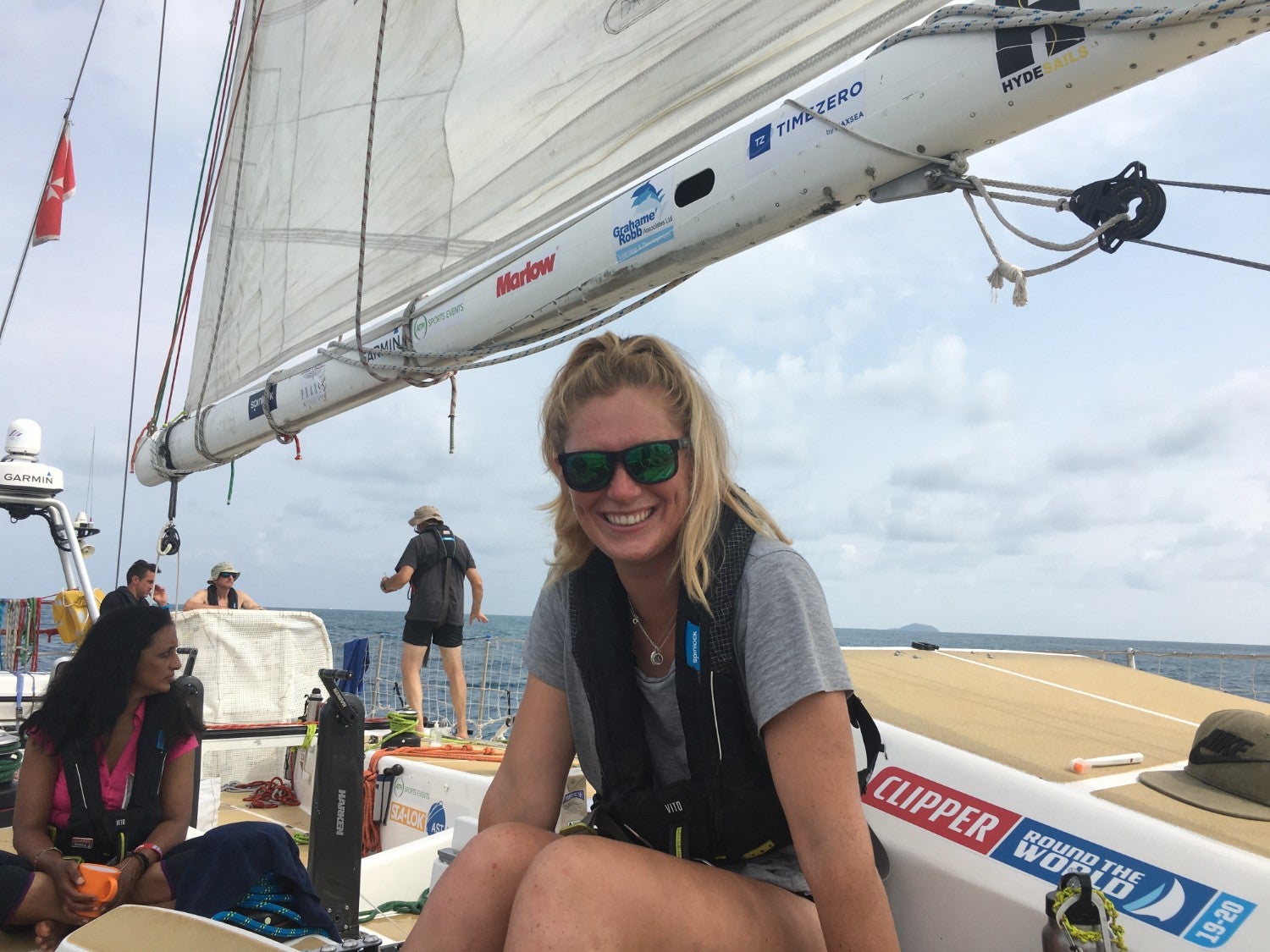
News about the pandemic started breaking just before Vaughan-Jones and her competitors left Airlie Beach in Australia on leg five of the race.
This leg, split into three individual races, would take them to Zhuhai in China with stops in Sanya – nicknamed the “Hawaii of China” for its palm-fringed beaches – and Subic Bay in the Philippines.
“When we first got news about coronavirus, it was very fresh then, I think, and nobody paid too much attention to it,” Vaughan-Jones reminisced.
“But as the race went on, people who had access to email on the boat started to hear more news on it and filled us in.”
At first, Clipper Race officials made the decision to divert the race straight from Australia to Subic Bay and the racing yachts made their way towards the coastal town.
From there, Subic Bay was made the departure port for leg six of the event instead of Zhuhai in China.
But it soon became clear that the race could no longer continue.
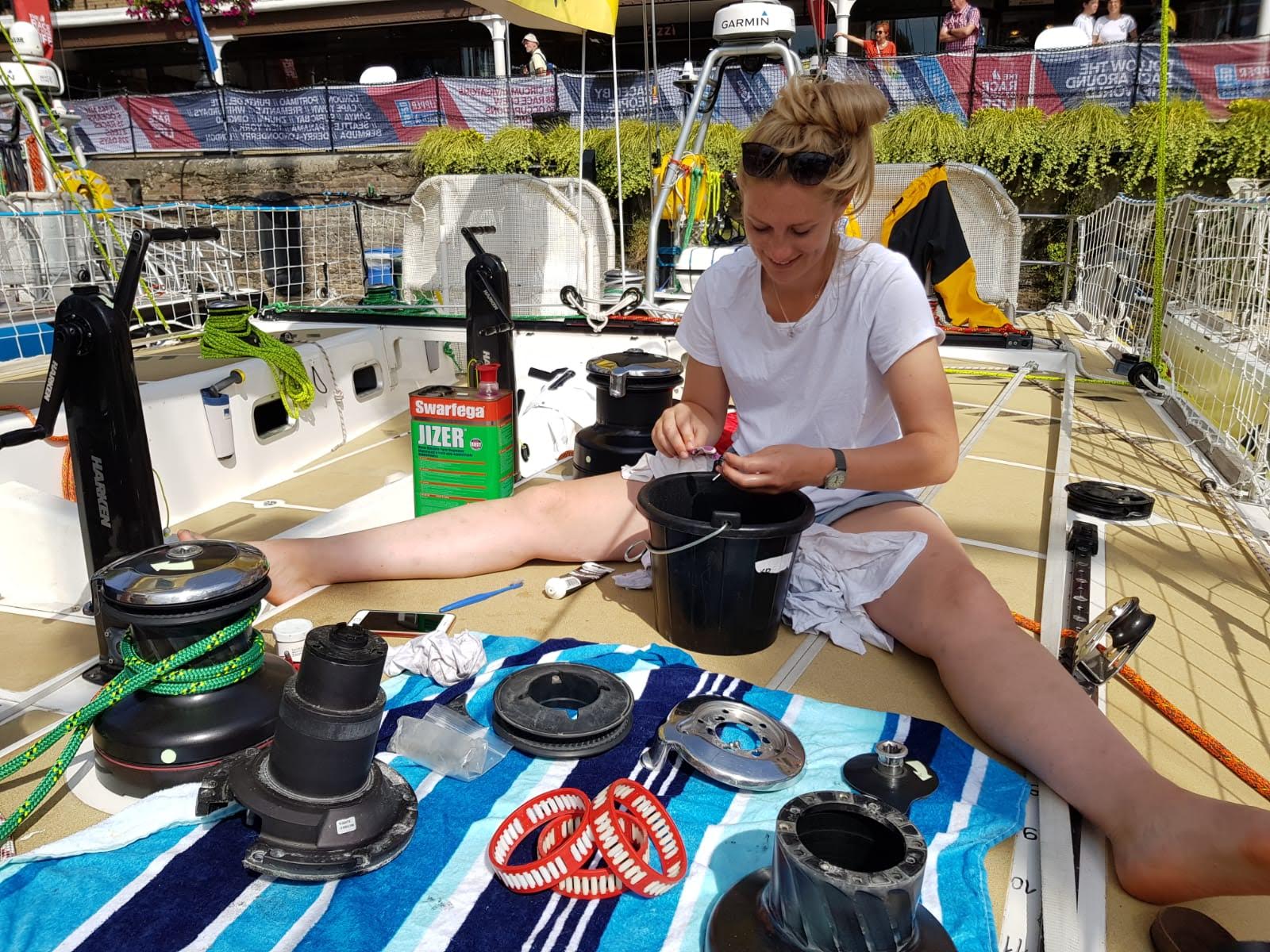
On 16 March, organisers announced the race would be postponed, and the racing crew were swiftly placed under quarantine in Subic Bay with an “enhanced community quarantine” enforced.
On top of coming to terms with the fact that the race was ending, Vaughan-Jones said that getting out of the Philippines amid the coronavirus pandemic was quite an ordeal.
“Getting back home was definitely an experience,” she said with a weak smile.
“We’d been held by military guard on the pontoon for two days, then were allowed out by midnight on the third day.
“The Clipper Race team did an amazing job getting us to the airport after Subic Bay had been locked down.
“No taxis were running so we were taken in convoys of mini buses.
“There were only five passengers allowed in each bus for social distancing, and for the three-hour to drive to Manila, the hazard lights were constantly flashing.
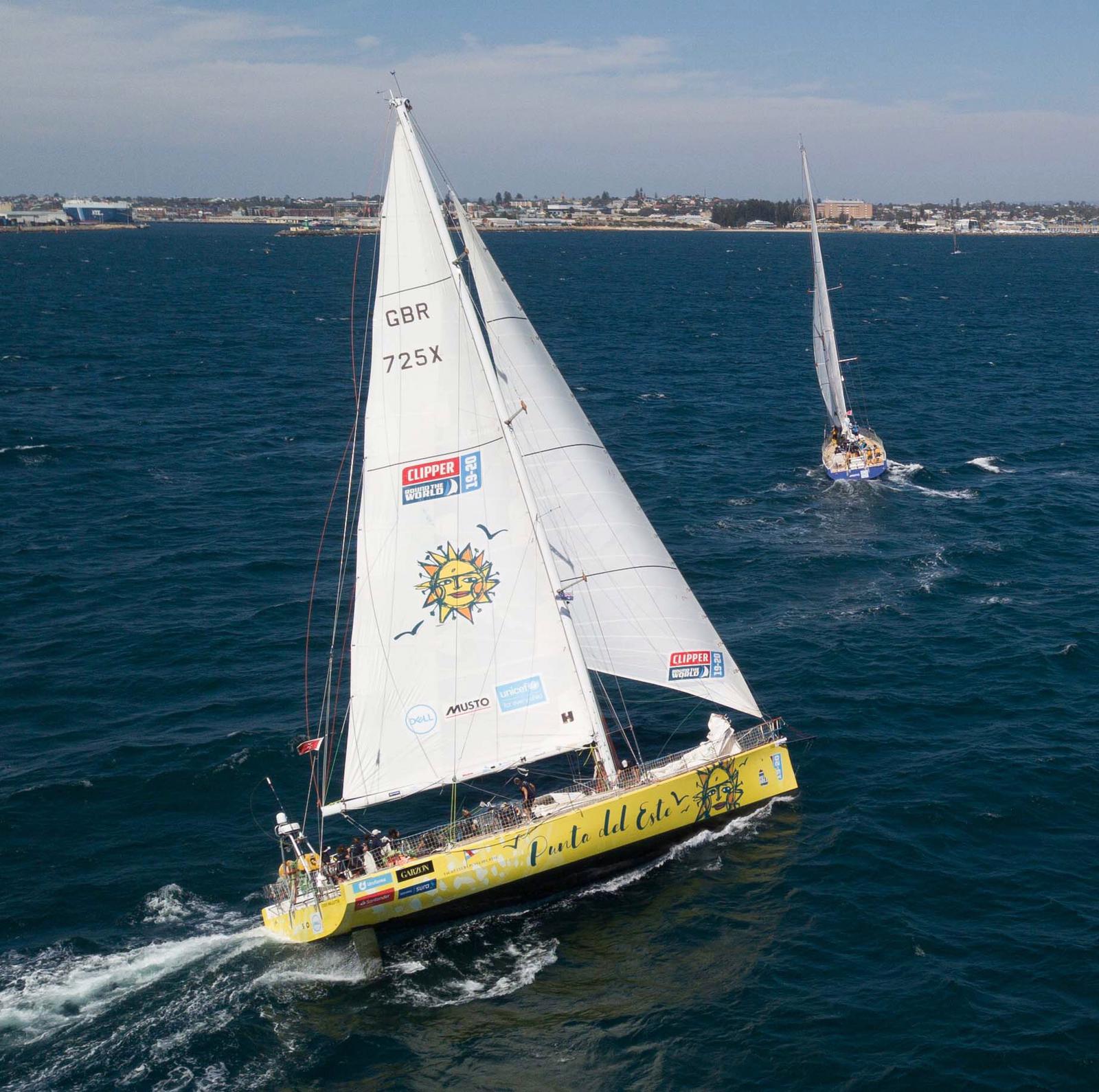
“We were all given quarantine certificates and masks and the drivers had special letters from the police, which they showed at the military check points going into Manila, to allow us to pass after our temperatures were taken.”
The scene at Manila International Airport was “mad” as foreigners had been given just 72 hours to get out of the country.
Vaughan-Jones added: “There were queues out the doors and everybody was trying to get flights home.
“My first flight had been cancelled going through Abu Dhabi so I was expecting a flight cancellation at any moment as other airports were closing down.
“Fortunately, it was fine, and after a ten-hour stopover in Bahrain, I was safe on a flight to Heathrow.”
Vaughan-Jones is now settling into life on lockdown back in the UK.
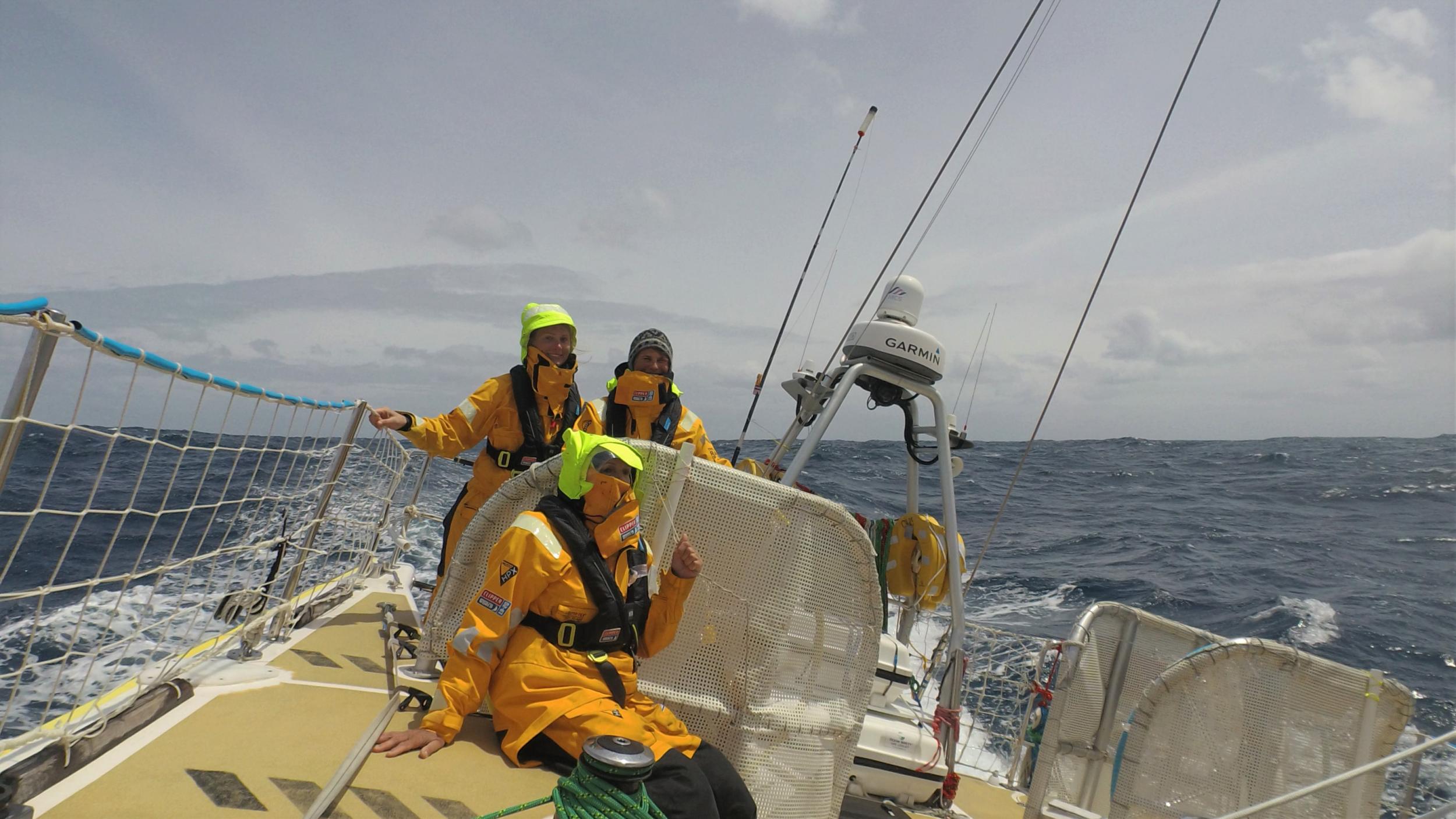
Despite the unexpected ending, the racing experience for Vaughan-Jones has, summed up in three words, been “adventure, challenge, awesome”. But she’s not sure if she will have the financial capacity to return to the Clipper Race when it restarts.
The event is currently postponed for 10 months, with three legs remaining.
Vaughan-Jones lamented: “I need to, at some point, crack on with my life and start a career."
But she’s optimistic, revealing, “I’m seriously considering going into sailing though following my experience.
“Ultimately, I am lucky that I am currently well and healthy. I just miss my crew mates massively and leaving the boat was something I never wanted to do.”
Join our commenting forum
Join thought-provoking conversations, follow other Independent readers and see their replies
Comments